May 2023
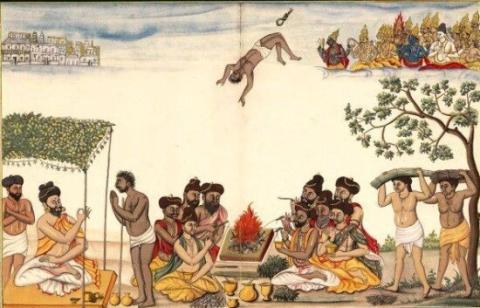
After listening to the story of the city of Viśālā, the brothers along with Sage Viśvāmitra received Sumati’s hospitality and spent the night there. The next morning, they arrived at the outskirts of the magnificent city of Mithilā. Looking at a desolated but resplendent āśrama, Rāma sought to know who it belonged to. Viśvāmitra started narrating –
“This āśrama belonged to Sage Gautama, who performed tapas for many years with his wife Ahalyā....
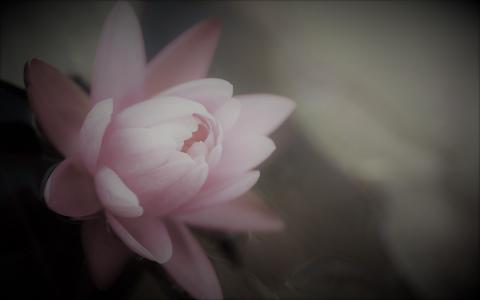
147. Paṅkaprakṣālana-nyāya
Paṅka means marshy waters, prakṣālana means to cleanse. Why would one put their hands in the marsh and then cleanse it? It is better to not touch it at all. There is a verse in Pañcatantra:-
धर्मार्थं यस्य वित्तेहा वरं तस्य निरीहता ।
प्रक्षालनाद्धि पङ्कस्य दूरादस्पर्शनं वरम् ॥
“If someone desires money to do good, it is better to not desire money at all. Better not to touch the marshy waters rather than coming...
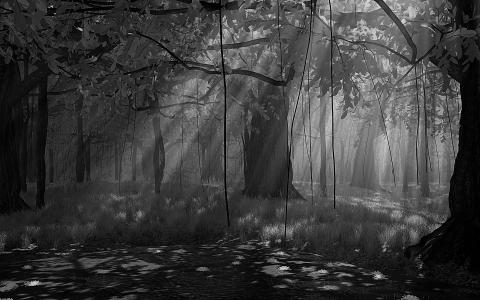
Thus, the Parabrahma is conducting the activities of the universe in three forms — prakṛti, jīva and Īśvara.
yāvatsaṃjāyate kiñcit sattvaṃ sthāvarajaṅgamam ॥
kṣetra-kṣetrajña-saṃyogāt (tad-viddhi bharatarṣabha) ॥
BG 13.27
Whatever is born in this world — whether it is a living being or an inanimate object — the instrument of its birth is the union of kṣetra and kṣetrajña, prakṛti and puruṣa, or the universe and jīva. They are both equally...
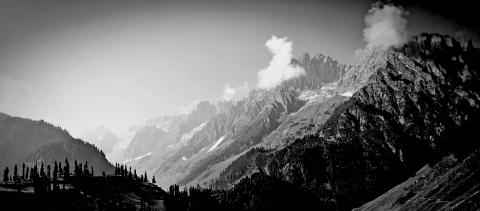
इह जगति कालिदासस्य प्रतिष्ठा बहुविधा जागर्ति। तत्काव्यरचनाचातुरीमनुलक्ष्य तमुपमाकविं रसेश्वरं वैदर्भगिरामावासं च सहेतुकं समामनन्ति सङ्ख्यावन्तः। सकलमिदं स्वागतार्हमेव। परमत्र कटाक्षितान् गुणानतिरिच्य काचिदन्या विच्छित्तिश्चकास्ति कविकुलगुरोः काव्यनिर्मितौ, या तदीयं विशेषणवैशिष्ट्यमनुधावति॥
सर्वं जगदिदं सविशिष्टं प्रतिभाति। किन्त्वत्र वैशिष्ट्यानां न काचिदौचिती प्रतीयते। काव्यकलायां न तथा। अत्र न केवलं वाक्येषु पदेषु वा, प्रत्ययेषु वर्णेष्वपि रसो...
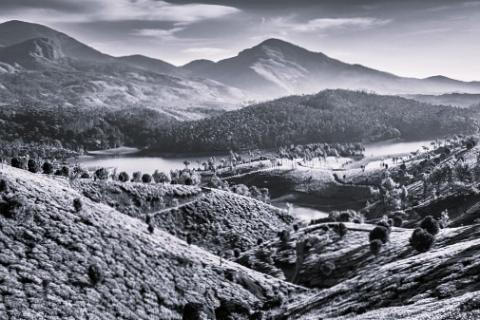
After Kālidāsa, Bhāravi is perhaps the only poet who steered the ship of Sanskrit narrative poetry along a new route. Successive poets merely followed his lead. Known for investing words with profound meaning, Bhāravi has given some remarkable insights into poetics in his work, Kirātārjunīyam. Unsurprisingly, these insights mainly relate to the clarity and gravitas of poetic content. Let us examine this in some detail.
Yudhiṣṭhira allays Bhīma’s...
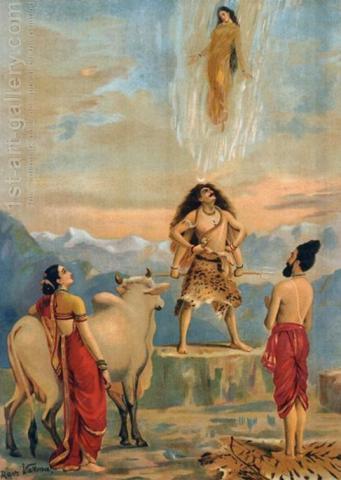
As Rāma and Lakṣmaṇa went ahead with the sages, they arrived at the banks of the river Jāhnavī. Upon Rāma’s request, Viśvāmitra started narrating the story of the river – “The King of mountains, Himavān and his wife Menā, the daughter of Meru, begot two daughters – Gaṅgā and Umā. Upon the request of the devas, the father offered his older daughter Gaṅgā for the welfare of the three worlds. Delighted, the devas escorted her to svarga. The...
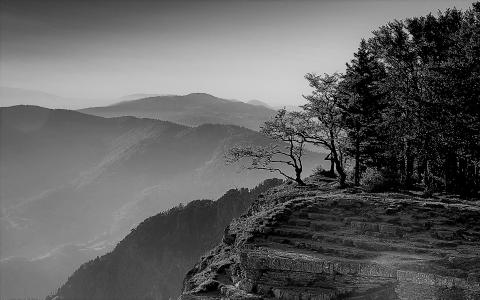
138. Na hi svato'satī śaktiḥ kartumanyena śakyate
It is impossible to impart some power which we don’t have in the first place. Milk has the inherent capacity of turning into curds. It is evident. The sour buttermilk is the base. If the milk didn’t have that inherent capability in the first place then it would have been impossible to turn it into curds. You can’t turn water or air into curds.
If this is taken in the right sense, any scientific...

How is Brahma?
sarvataḥ pāṇipādaṃ tat sarvatokṣi-śiro-mukham ।
sarvataḥ śrutimalloke sarvam āvṛtya tiṣṭhati ॥
BG 13.14
“Its limbs are everywhere, as are its eyes and heads. It ’sarvam āvṛtya tiṣṭhati’ — pervades everything”. Here, we are reminded of the line “sahasraśīrṣā puruṣaḥ” from the Puruṣasūkta and the eleventh chapter of the Gītā.
sarvendriya-guṇābhāsaṃ sarvendriya-vivarjitam ।
asaktaṃ sarvabhṛt-caiva nirguṇaṃ guṇa-bhoktṛ ca ॥...

ಕಾದಂಬರಿಗಳ ಪೌರಾಣಿಕ ಪರ್ಯಾವರಣವನ್ನು ಪುಷ್ಟಿಗೊಳಿಸುವಂತೆ ಅನೇಕ ಪ್ರಸಂಗಗಳು ರೂಪಿತವಾಗಿವೆ. ರುದ್ರಸಾಕ್ಷಾತ್ಕಾರ, ಆಪೋದೇವಿಯರ ದರ್ಶನ, ತ್ರಿಶಂಕುವಿನ ದಿವ್ಯದೇಹನಿರ್ಮಾಣ (‘ಮಹಾಬ್ರಾಹ್ಮಣ’), ಬ್ರಹ್ಮಹತ್ಯೆಯ ಪಾಪವನ್ನು ವೃಕ್ಷ, ಸ್ತ್ರೀ, ನದಿ ಮತ್ತು ಭೂಮಿಗಳಲ್ಲಿ ಹಂಚುವುದು ಹಾಗೂ ವೃತ್ರಾಸುರನು ಪಂಚಭೂತಗಳನ್ನು ಹಿಡಿಯುವುದು (‘ಮಹಾಕ್ಷತ್ರಿಯ’), ಆದಿತ್ಯನು ಕುದುರೆಯ ರೂಪದಲ್ಲಿ ಯಾಜ್ಞವಲ್ಕ್ಯನಿಗೆ ಕಾಣಿಸಿಕೊಳ್ಳುವುದು, ಪಂಚಭೂತಗಳ ಸಾಕ್ಷಾತ್ಕಾರ, ಕುಲಪತಿ ವೈಶಂಪಾಯನರಿಗೆ ಶ್ರುತಿಭಗವತಿ ಪ್ರತ್ಯಕ್ಷಳಾಗುವುದು (‘ಮಹಾದರ್ಶನ’) ಮುಂತಾದ ಸನ್ನಿವೇಶಗಳು ಕಲ್...

While discussing about mārga and deśī, the author has brought much clarity in drawing the lines of distinction between the two, and at the same time showing their merging points. Clarity on these major concepts will throw much light in the works on re-construction of techniques. Also, the realisation that mārga becomes a vocabulary with which many languages as Deśī forms may emerge (all with respect to dance in this context), will be a big...
